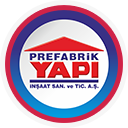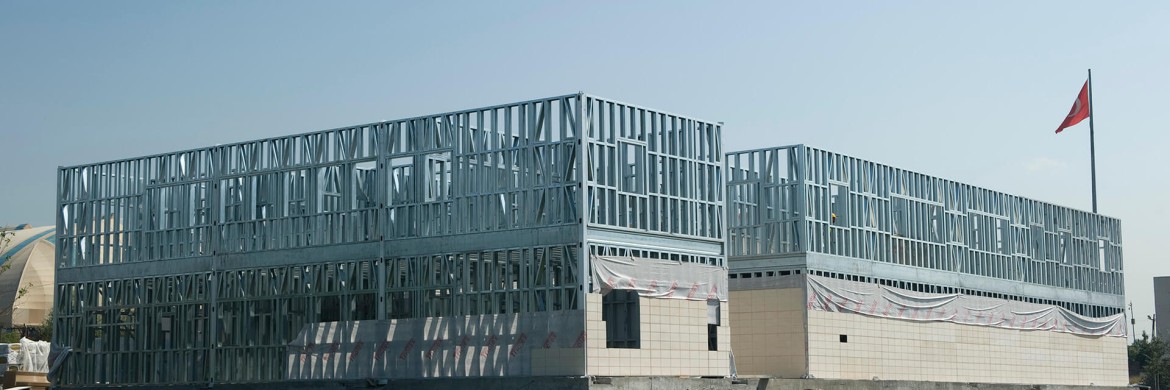How to Clad a Steel Frame Building for Durability and Aesthetic Appeal
Cladding a steel frame building is essential for both durability and aesthetic appeal. The cladding process involves enclosing the building’s exterior with various materials that protect the structure from environmental elements while enhancing its visual characteristics. A well-designed cladding system can withstand harsh weather conditions, reduce maintenance costs, and improve energy efficiency. Additionally, the choice of cladding material can reflect the building’s purpose and align with architectural trends. This process not only reinforces the structural integrity but also provides an opportunity for creative expression in construction.
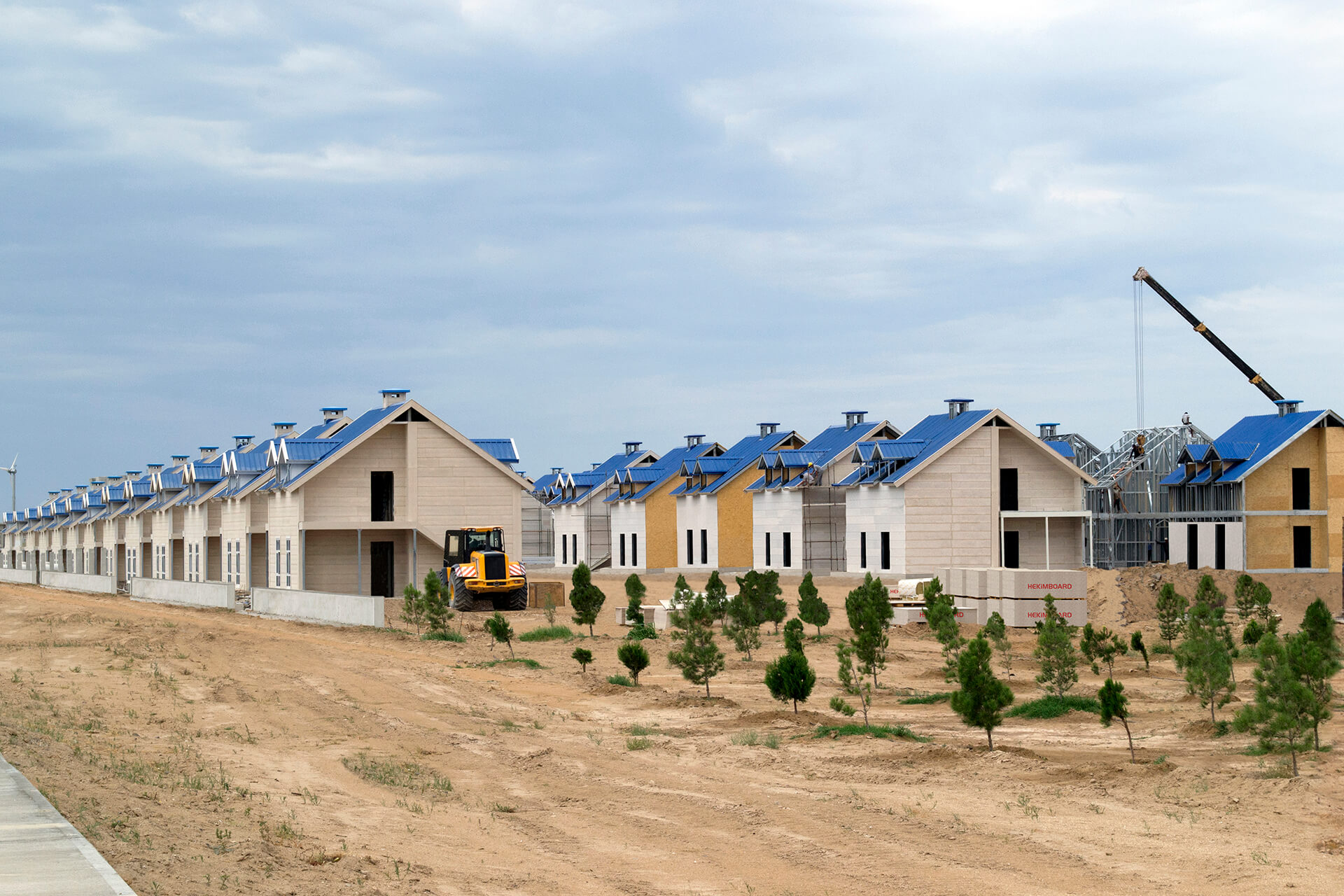
How to Choose the Right Cladding System for Your Project
Selecting the appropriate cladding system for your project involves several critical considerations. First, assess the building’s functional requirements, including environmental exposure and structural demands. Second, consider the aesthetic goals, which will influence the material and design choices. Third, evaluate the installation and maintenance aspects, as they impact long-term costs and feasibility. Additionally, consult local building codes and regulations to ensure compliance. Engaging with suppliers or cladding experts can provide valuable insights and recommendations tailored to your specific project needs.
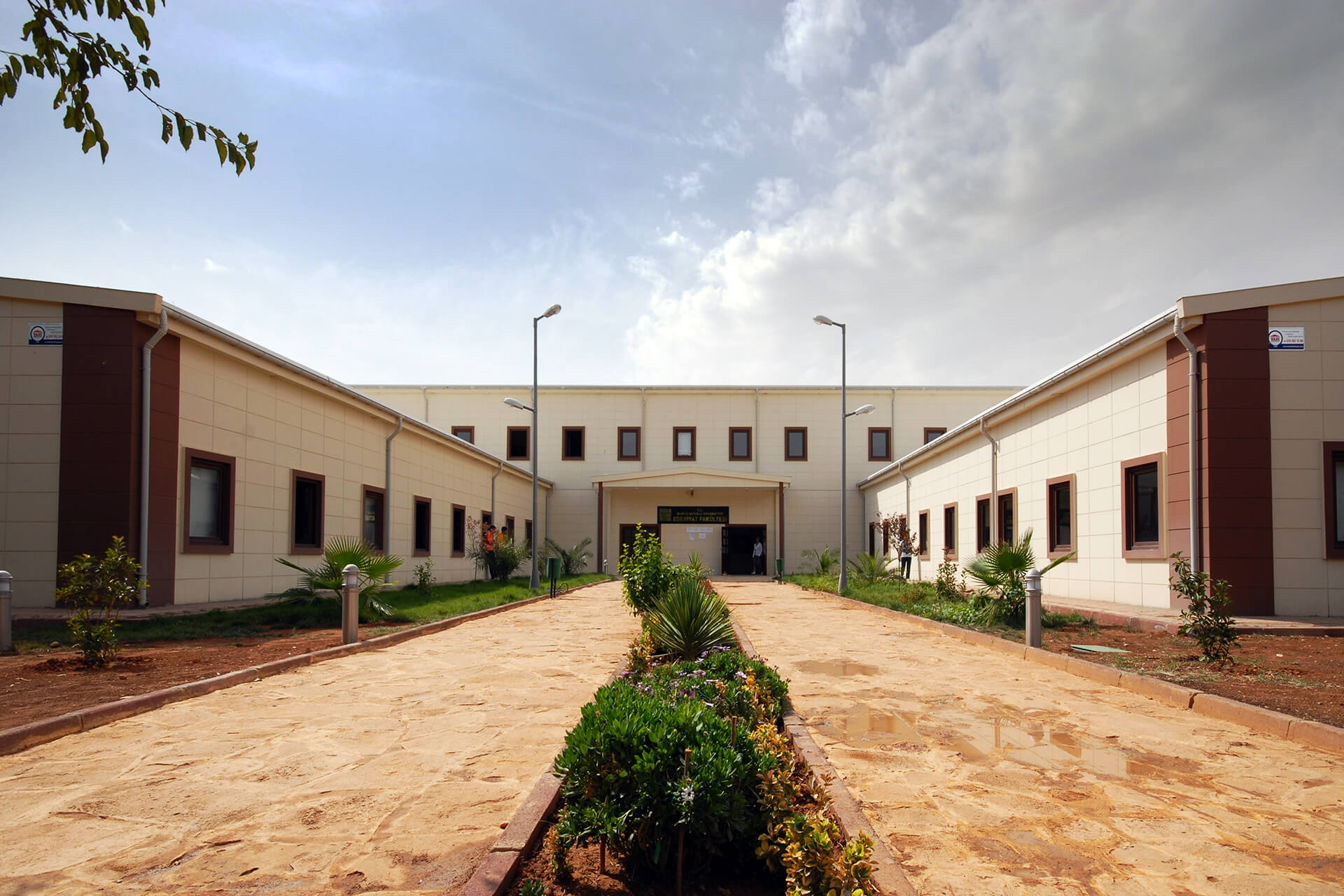
What Materials Can Be Used for Steel Building Cladding?
Various materials can be utilized for cladding steel buildings, each offering unique properties and advantages.
- Metal Sheets: Available in aluminum, zinc, and steel, metal sheets provide strong protection and a sleek look.
- Composite Panels: These panels, made from different materials, combine durability with lightweight convenience, ideal for modern designs.
- Fiber Cement Boards: Offering a tough, weather-resistant surface, fiber cement boards add texture and warmth to the exterior.
Choosing the right material depends on factors such as cost, durability, and the desired aesthetic.
Metal Sheets (Aluminum, Zinc, Steel)
Metal sheets are a popular choice for cladding steel frame buildings, known for their strength and durability.
- Aluminum Sheets: Lightweight and resistant to rust, aluminum sheets are easy to install and require minimal maintenance, making them a favored option for various applications.
- Zinc Sheets: Offering a unique aesthetic that develops a patina over time, zinc sheets provide exceptional longevity and corrosion resistance.
- Steel Sheets: Known for their toughness, galvanized or stainless steel sheets offer a robust solution, ideal for situations demanding high strength.
These metal options can be finished in multiple ways to enhance looks and performance.
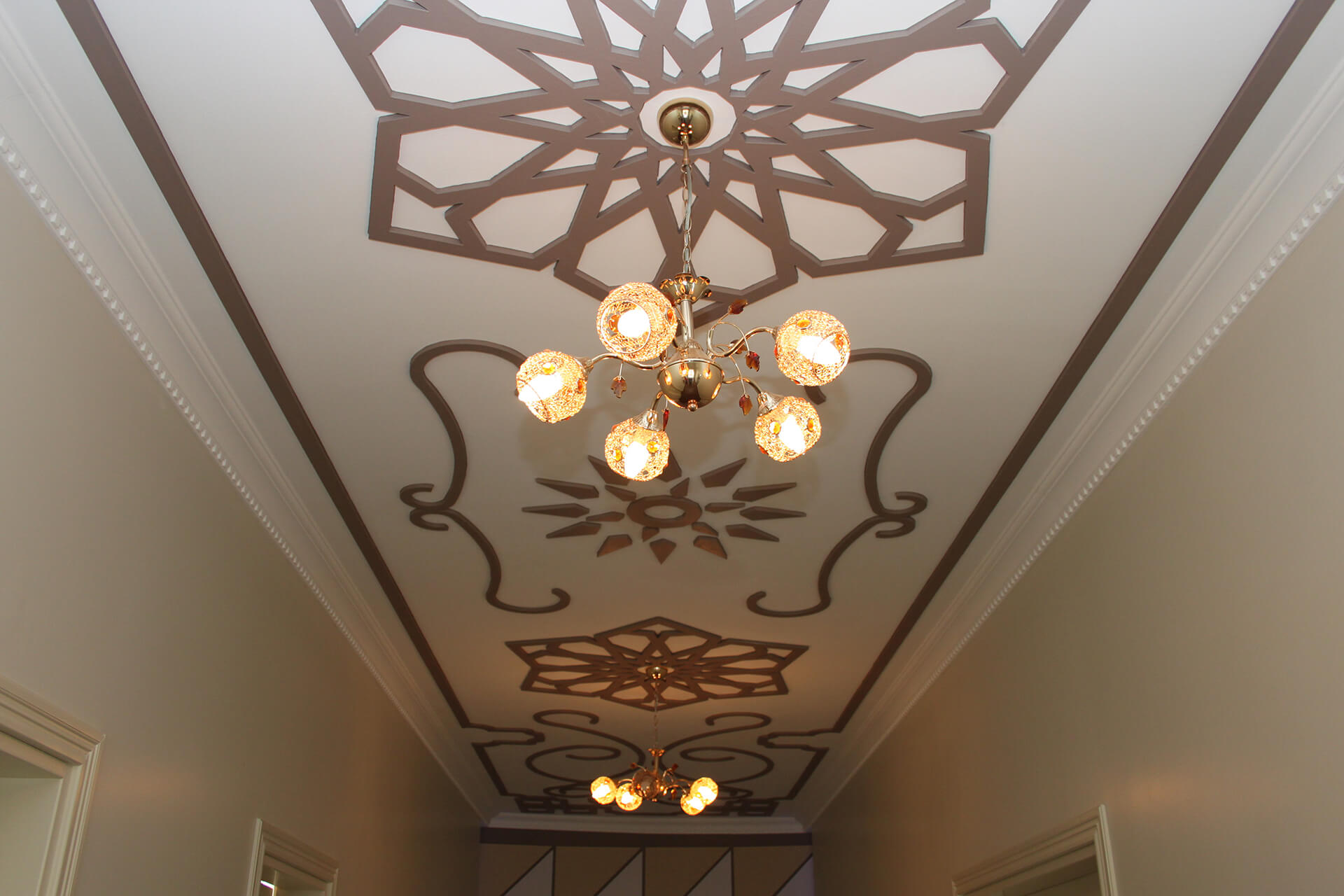
Composite Panels
Composite panels are an innovative cladding solution that combines different materials to enhance performance and aesthetics. Typically made from an aluminum skin and a core material, these panels offer excellent rigidity while remaining lightweight. They are resistant to weather, impacts, and corrosion, making them suitable for both industrial and commercial buildings. Available in various colors and finishes, composite panels provide a modern, sleek appearance that elevates any structure’s design. Their ease of installation and low maintenance requirements make them an attractive choice for builders aiming for efficiency and style.
Fiber Cement Boards
Fiber cement boards are a highly durable cladding material, composed of cement, cellulose fibers, and sand. This composition gives them exceptional resistance to fire, moisture, and pests, making them ideal for a variety of climates. Available in different sizes, textures, and finishes, fiber cement boards can mimic the look of wood or stone, providing a natural aesthetic to steel frame buildings. They offer long-lasting performance with minimal upkeep, as they do not warp or crack easily. The environmental resilience and design versatility of fiber cement boards make them a preferred choice for many architects and builders.
How to Prepare a Steel Frame for Cladding?
Preparing a steel frame for cladding is a crucial step that ensures a successful installation. Begin by inspecting the steel structure for any imperfections or rust that must be addressed. Clean the surface thoroughly to promote adhesion, and apply a rust-inhibiting primer if necessary. Next, install any required insulation to enhance the building’s energy efficiency and comfort. Following insulation, set up a moisture barrier to protect against water infiltration, which can cause significant damage over time. Properly aligning and fastening any supporting framework for the cladding will ensure that the installation is both secure and level.
Step-by-Step Cladding Installation Guide
An effective cladding installation requires a methodical approach to ensure quality and durability.
Step 1: Measure and Mark Cladding Lines
Start by accurately measuring the surface area to be clad. Mark the cladding lines on the steel frame using a level to ensure alignment. This step is crucial for achieving a uniform look and preventing installation errors.
Step 2: Install Moisture Barrier and Insulation
Begin by placing the insulation between the frame studs. Next, carefully install the moisture barrier over the insulation, sealing edges to prevent water ingress. This layer is essential for protecting the building from moisture-related issues.
Step 3: Fix the Cladding Panels Securely
Align the cladding panels with the marked lines and fix them to the framework. Use appropriate fasteners to ensure stability and strength, checking for level alignment as you work to avoid any distortions in the finished surface.
Step 4: Seal Joints and Add Finishing Touches
Once all panels are installed, seal the joints with a suitable caulk or sealant to prevent water infiltration. Finally, add any necessary trim or accessories to complete the look, ensuring that the cladding is both functional and aesthetically pleasing.
Why Cladding Is Important in Steel Frame Buildings
Cladding plays a vital role in steel frame buildings, offering several essential benefits. First and foremost, it protects against weather elements, including rain, wind, and snow, which can compromise the structure’s integrity. Additionally, cladding enhances thermal insulation, keeping the building comfortable and reducing energy costs, while also contributing to acoustic insulation that minimizes external noise. Furthermore, cladding significantly improves the aesthetic appeal of a building, allowing for various design and material choices that reflect the desired architectural style. Overall, cladding is crucial for functionality, protection, and beauty in steel constructions.
Protection Against Weather and Moisture
Cladding serves as the first line of defense for steel frame buildings against weather and moisture. It prevents rain, snow, and wind from directly impacting the steel structure, thereby reducing the risk of corrosion and structural damage. A well-installed cladding system minimizes water infiltration, which can lead to mold growth and insulation degradation. By shielding the building from harsh environmental conditions, cladding extends the lifespan of the underlying steel frame and reduces maintenance costs. This protection is essential for ensuring the long-term durability and reliability of the building.
Thermal and Acoustic Insulation Benefits
Cladding provides significant thermal and acoustic insulation benefits in steel frame buildings. The right cladding materials can greatly reduce heat transfer, keeping interiors comfortable and lowering energy consumption for heating and cooling. This enhanced energy efficiency not only saves costs but also contributes to environmental sustainability. Additionally, cladding helps dampen external noise, creating a more peaceful indoor environment. These acoustic insulation properties are particularly valuable in urban settings or areas with high noise levels. Overall, cladding greatly enhances the comfort and livability of steel structures.
Improving the Building’s Aesthetic Appeal
Cladding is a key factor in enhancing the aesthetic appeal of steel frame buildings. It offers a wide range of materials, textures, and colors that allow architects and builders to create visually striking exteriors. The choice of cladding can reflect the building’s purpose, whether it be industrial, commercial, or residential, and can align with modern architectural trends. Moreover, innovative cladding designs can add dimension and character to the façade, making the structure stand out. Ultimately, cladding transforms the utilitarian nature of steel frames into attractive, cohesive designs that contribute to the surrounding environment.
Common Cladding Mistakes to Avoid in Steel Structures
Avoiding common cladding mistakes is crucial for ensuring a successful installation on steel structures. One frequent error is inadequate surface preparation, which can lead to poor adhesion and premature failure of cladding materials. Another mistake is misalignment during panel installation, resulting in uneven surfaces that detract from the building’s appearance. Failing to properly seal joints can cause moisture infiltration, leading to significant damage over time. Additionally, neglecting to consider the building’s thermal expansion can result in buckling or cracking of the cladding. Careful planning and execution are essential to prevent these issues.
What Tools and Safety Equipment Are Needed?
Having the right tools and safety equipment is essential for cladding installation. Workers should use personal protective equipment (PPE), including gloves, helmets, goggles, and safety boots, to ensure their safety on the job. Essential tools for the installation process include drills, screwdrivers, measuring tapes, levels, and cutting machines for precise panel fitting. Ladders or scaffolding are necessary for reaching higher sections of the building safely. Additionally, having sealing tools and alignment jigs can enhance the efficiency of the installation while ensuring a professional finish. Proper preparation with the right equipment helps facilitate a safe and effective working environment.
